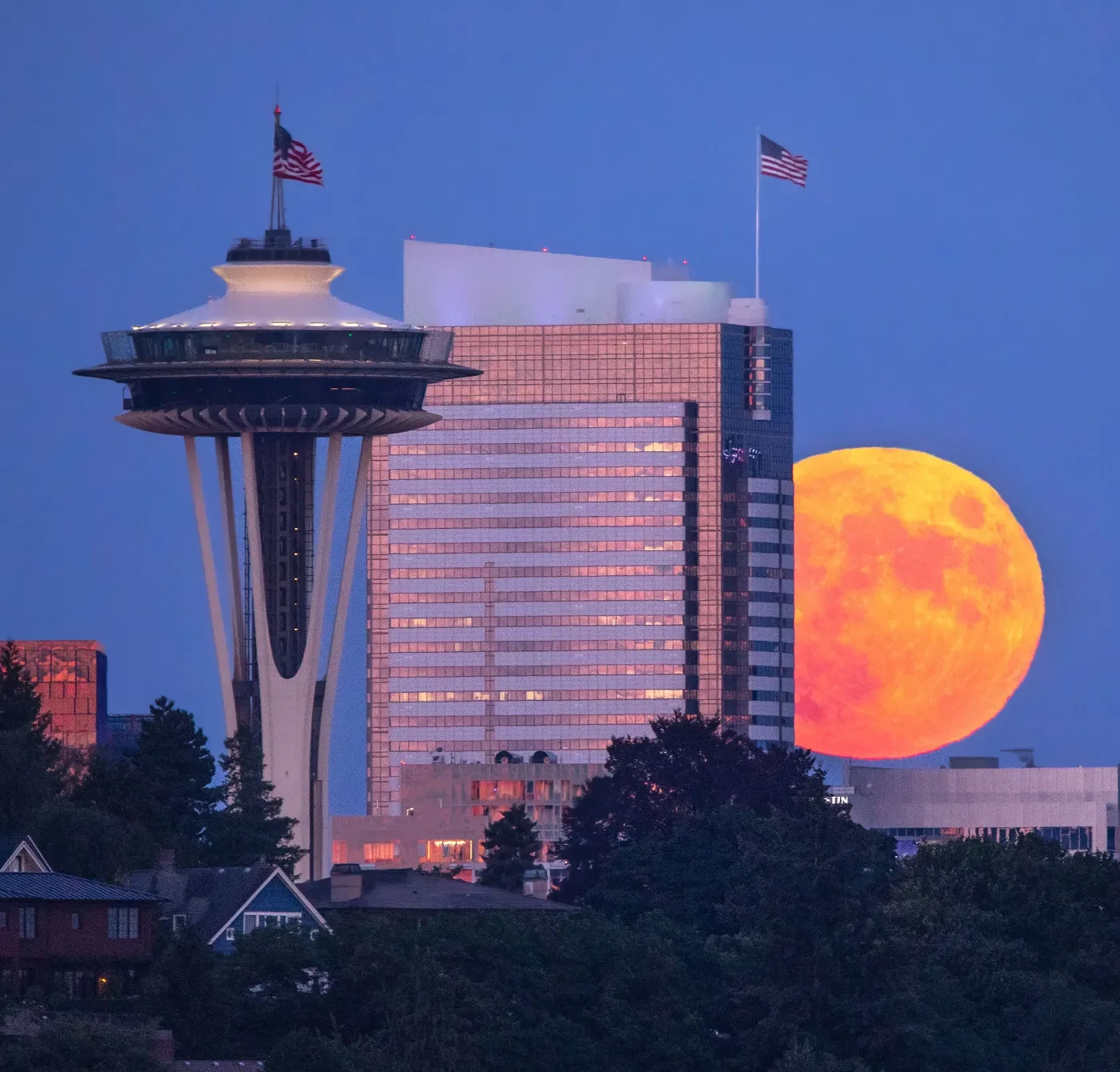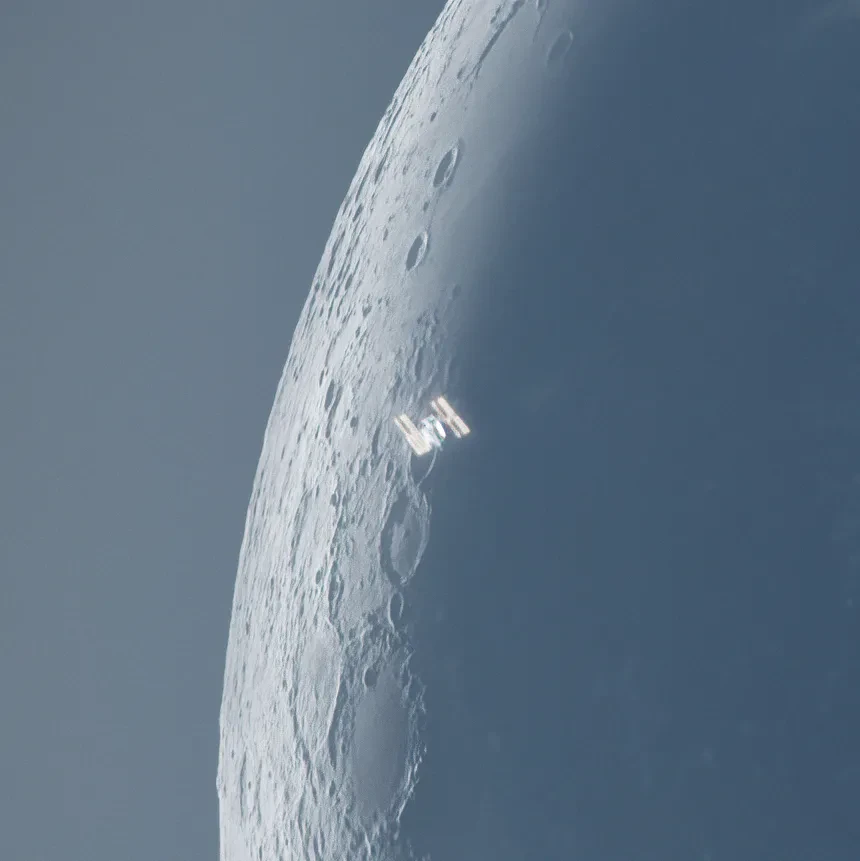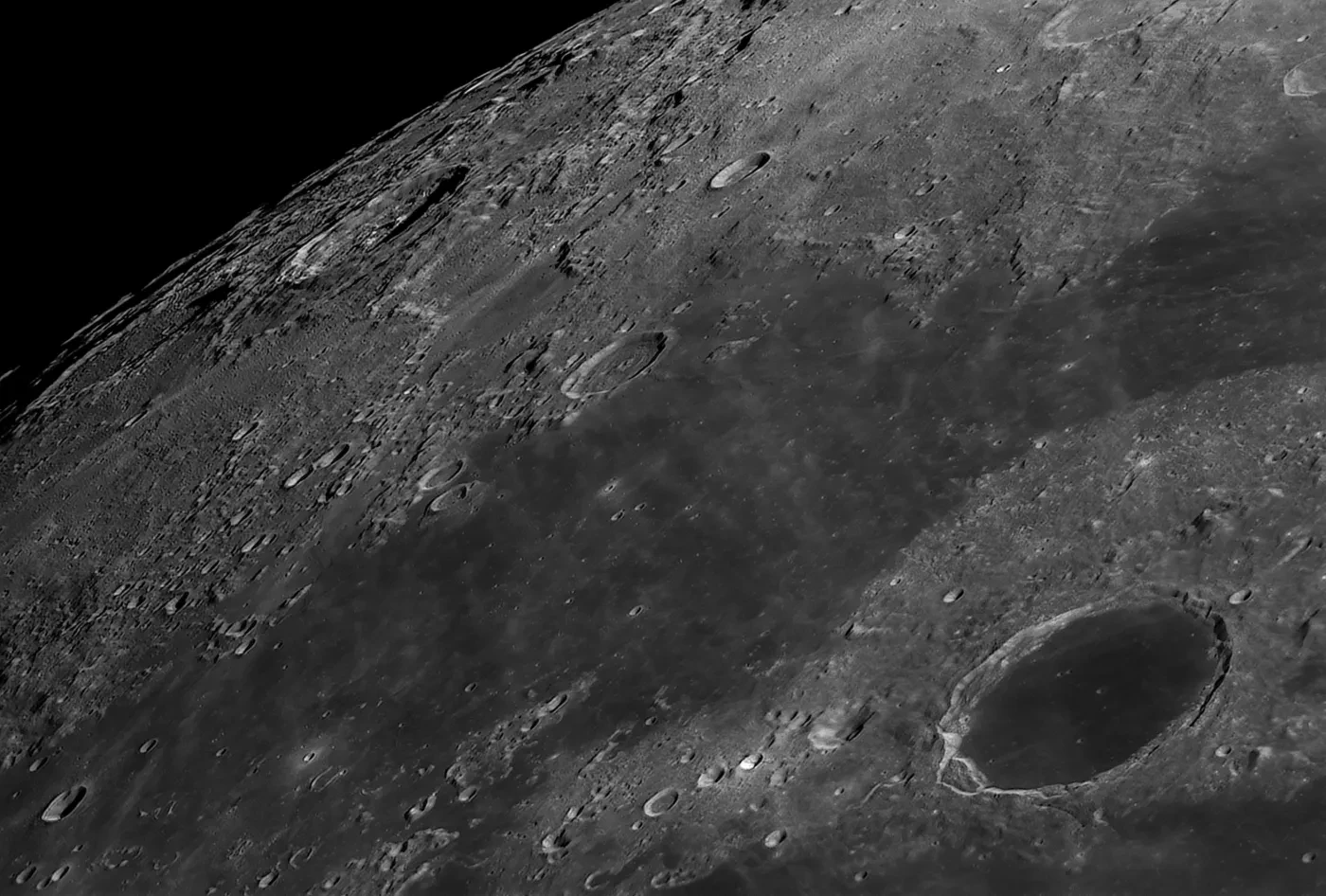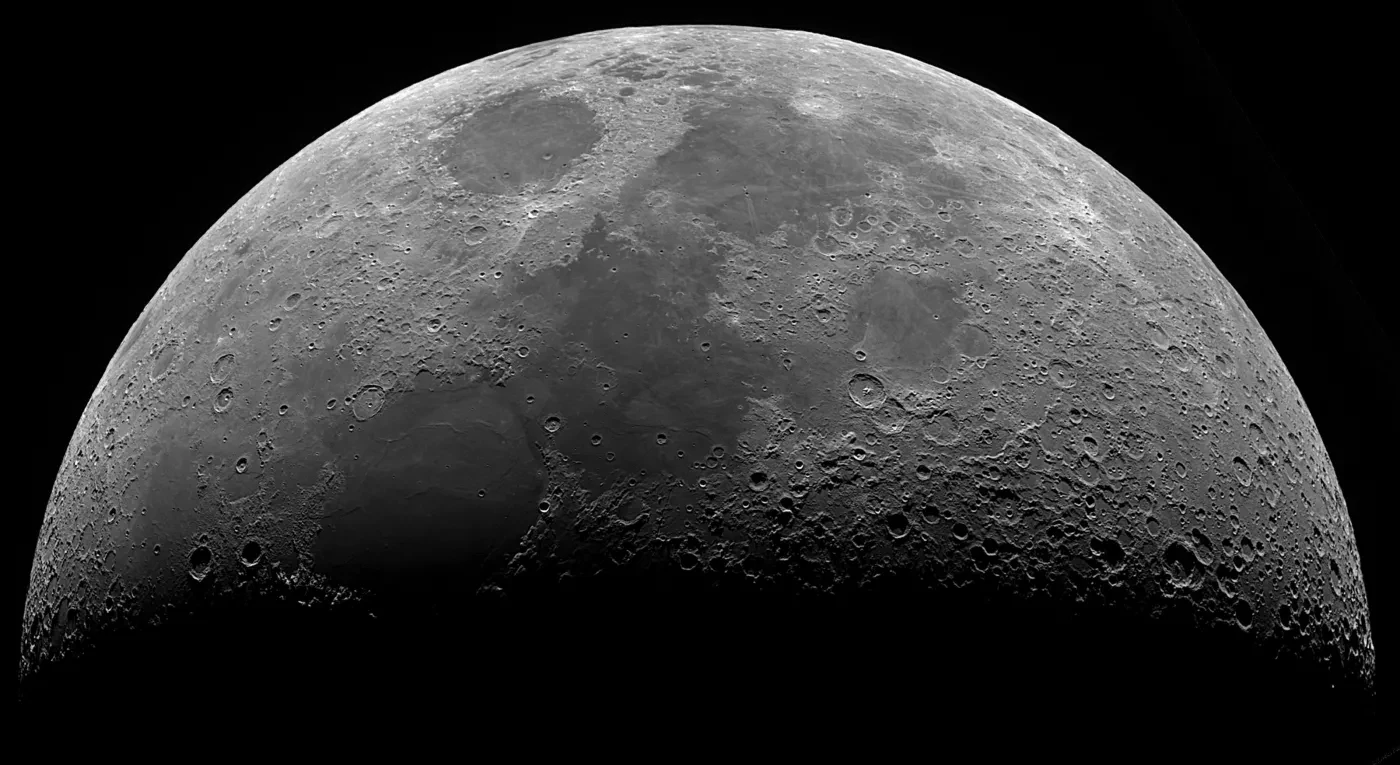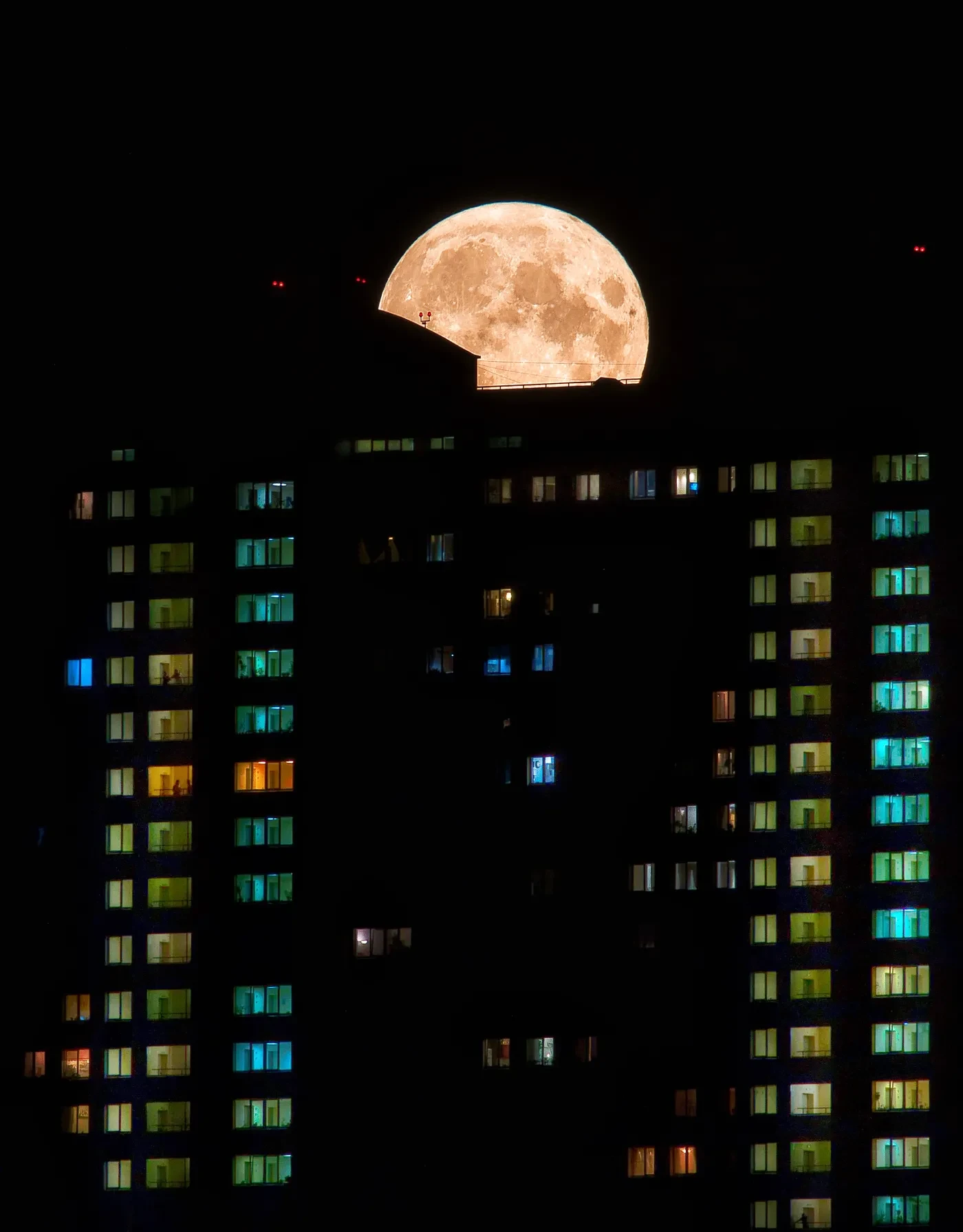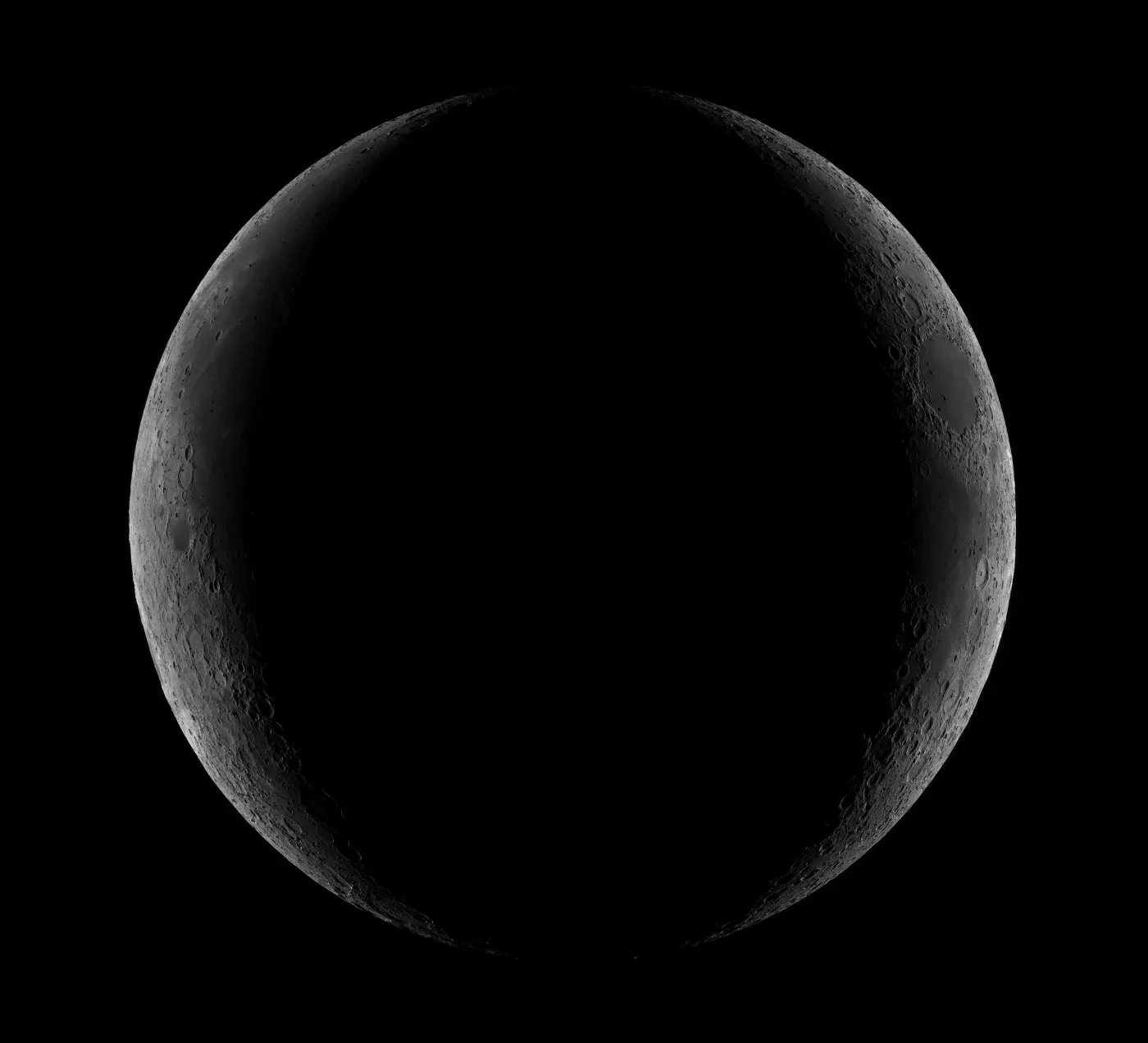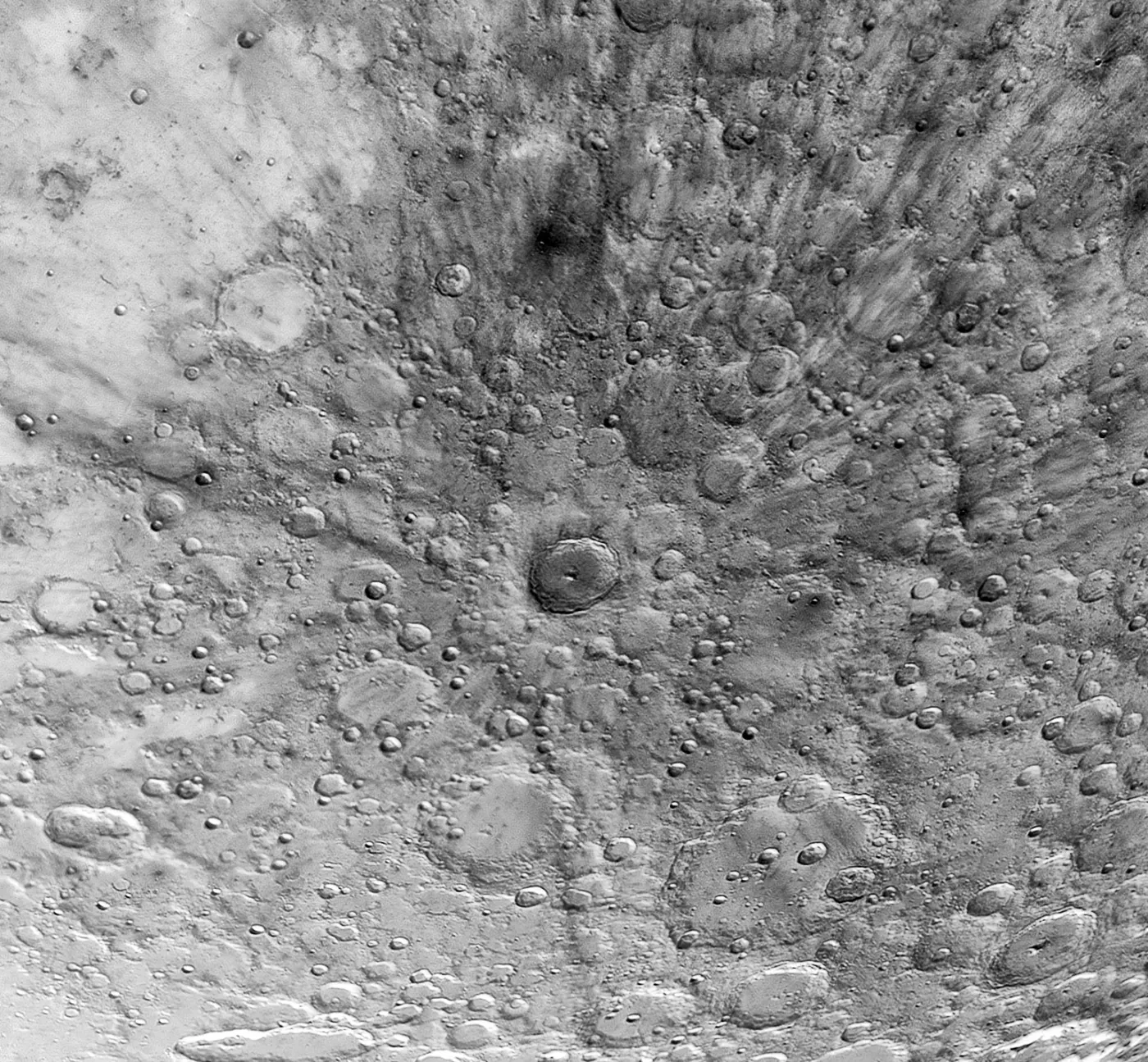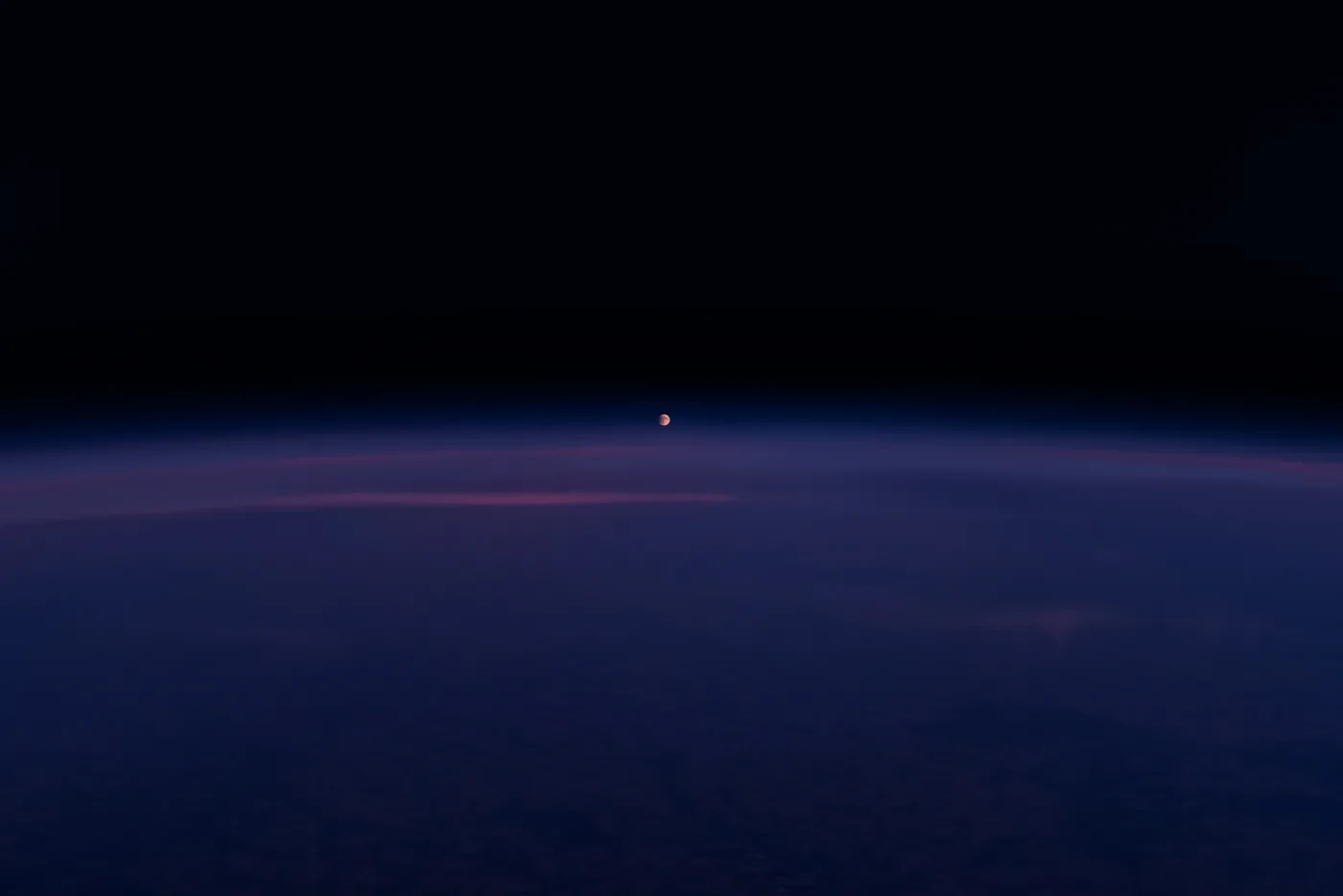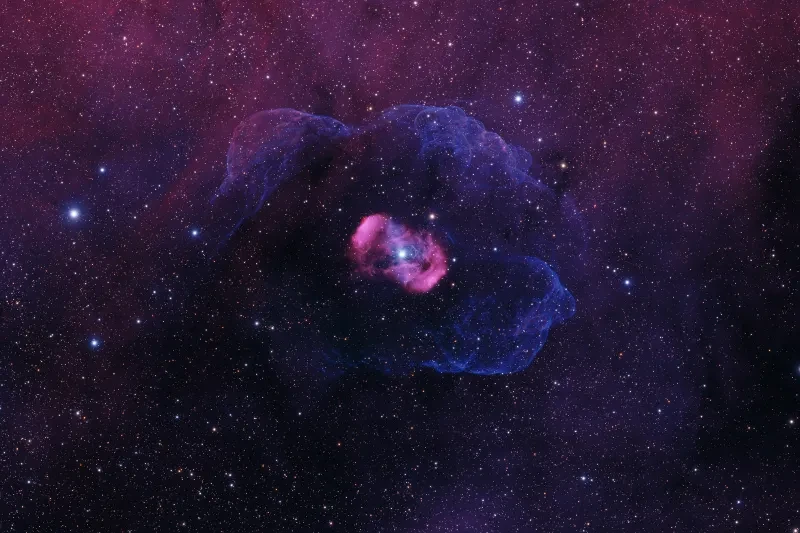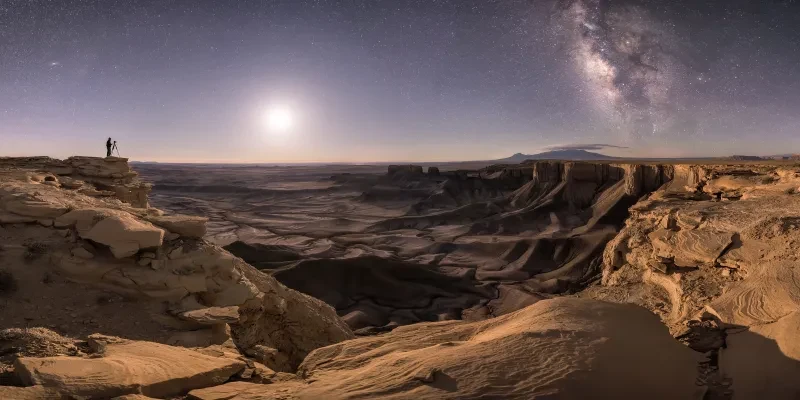Our moon is over a third of a million kilometres away, yet it is seemingly close enough to reach out and touch. It remains a constant reminder of our first stepping stone on a journey of exploration out into the Solar System and beyond.
For centuries we have gazed up at our cosmic companion and been captivated and inspired, and as soon as it was possible, we began to photograph it.
Find out more about the winning images and explore the full shortlist below.
The winning image
Beyond the Limb by Nicolas Lefaudeux
Image taken in Forges-les-Bains, Île-de-France, France
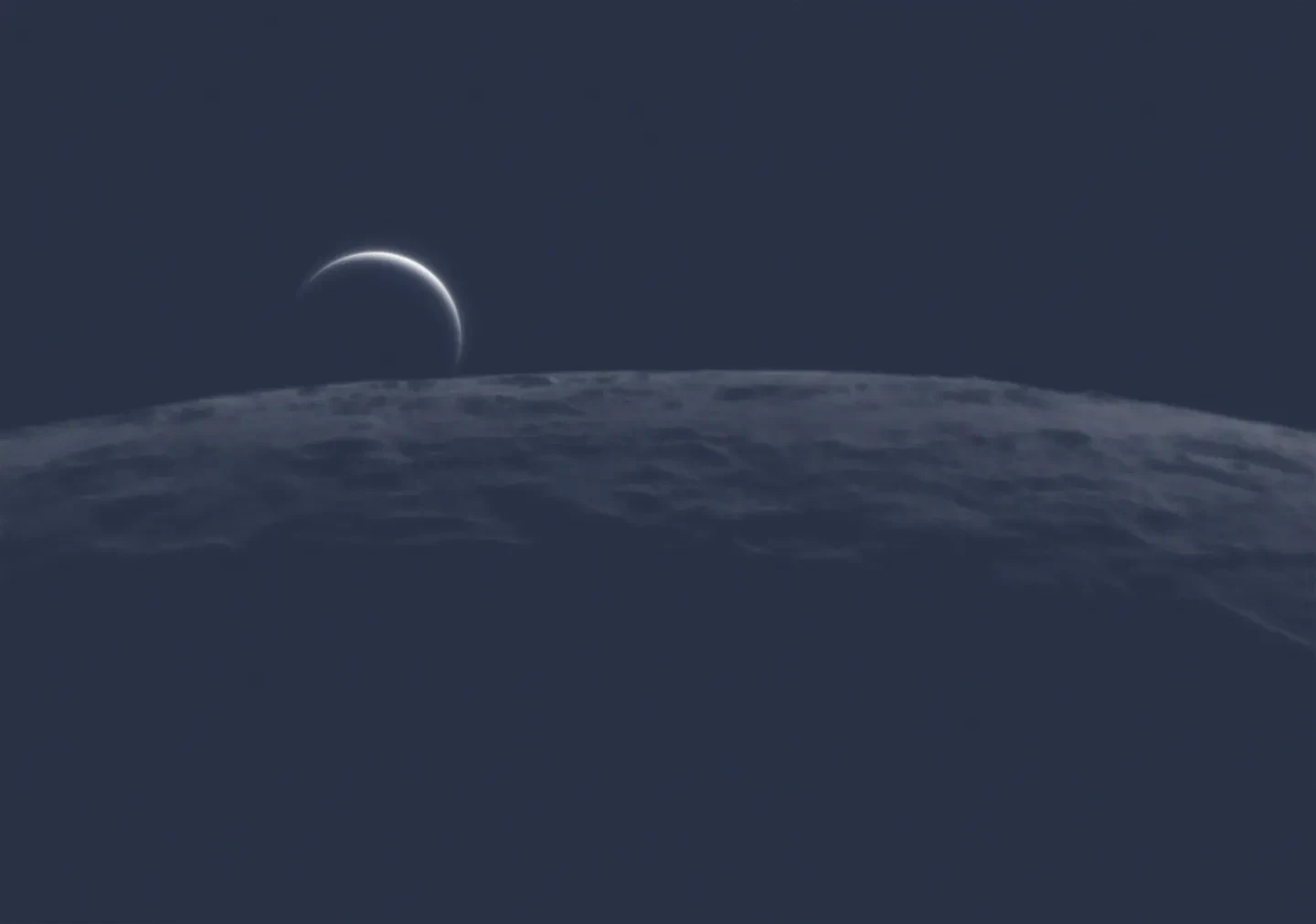
"In a perspective reminiscent of the Apollo missions, the lunar horizon is crowned with a planet crescent. However this is not Earth rising above the Moon," Nicolas says.
"Venus just before it gets occulted by the Moon, as observed from our home planet in daylight. The rocky horizon of the Moon appeared very dark in contrast with the gleaming crescent of the planet enshrouded by white clouds."
Equipment used: Celestron C11 2800 mm telescope at f/10, iOptron iEQ30 mount, Basler ACA2500-14GC camera. Occultation: 1 x 2.5-millisecond exposures. Venus: 50 x 2.5-millisecond exposures. Moon: 200 x 15-millisecond exposures
This image really wowed me. I can't even work out how you take a photo like this without being on the Moon!
Sheila Kanani, Competition Judge
Runner-Up
Lunar Halo by Goran Strand
Image taken in Östersund, Jämtland County, Sweden
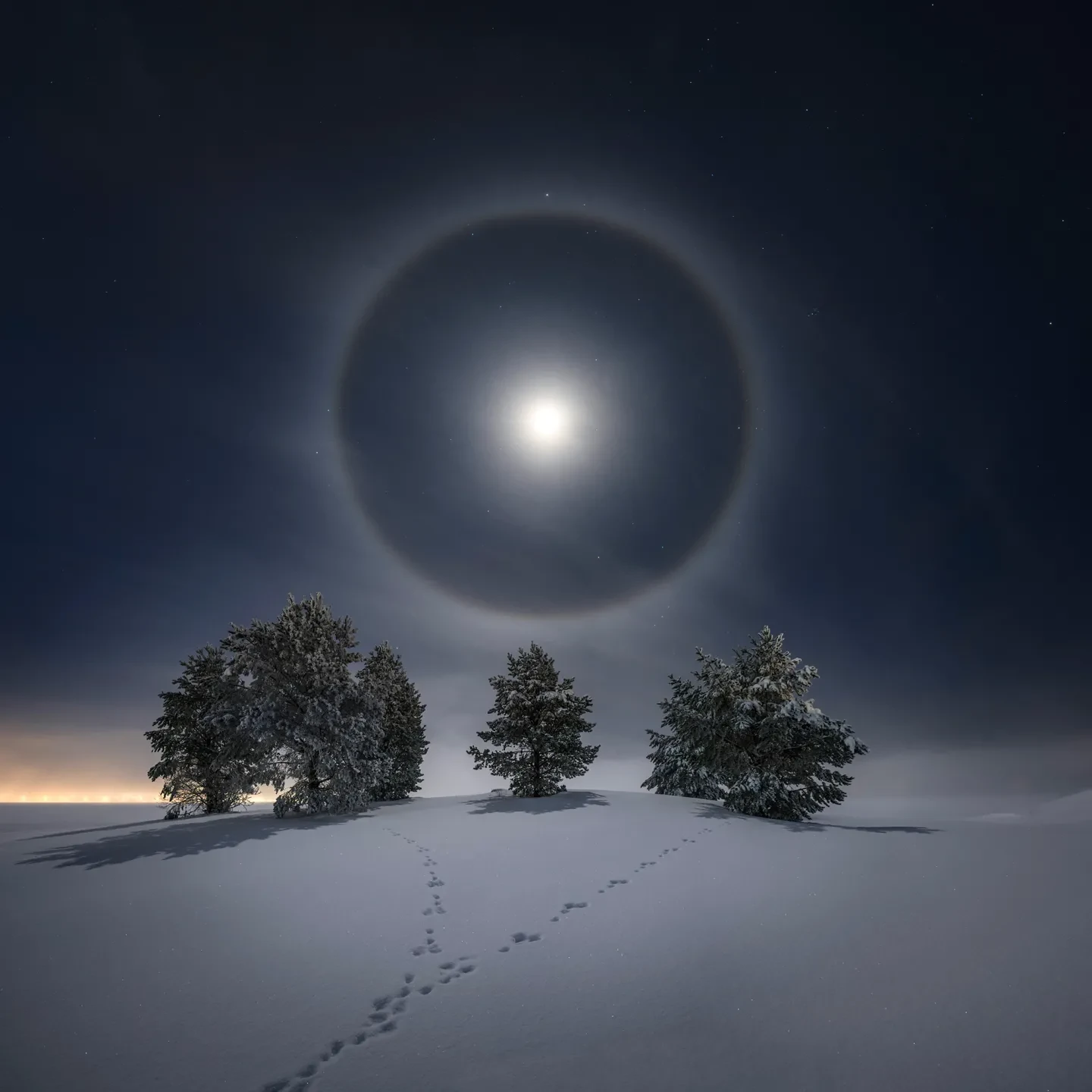
"When I took this photo it was -16°C and the air was filled with small ice crystals that made this halo possible." Goran recalls.
"This regular 22° halo is more commonly seen around the Sun. The moonlight needs to be quite strong to make the halo visible, so it's more common around the days of a full moon. Last night the Moon was 90% lit so almost full. To the left you can see the city lights of Östersund, Sweden, and at 5 o'clock in the halo you can see it crossing the constellation of Orion. In the foreground you can see the tracks from a rabbit that hopped up to the trees."
Equipment used: Nikon Z6 II camera, 14 mm f/5.6 lens, ISO 200, 6 x 15-second exposures
I really love this picture as it beautifully captured the Moon in a way we rarely see it, showing us that even on a calm winter's night, it can still take your breath away
Melissa Brobby, Competition Judge
Highly Commended
Iridum to Imbrium by Stefan Buda
Image taken in St Kilda East, Victoria, Australia
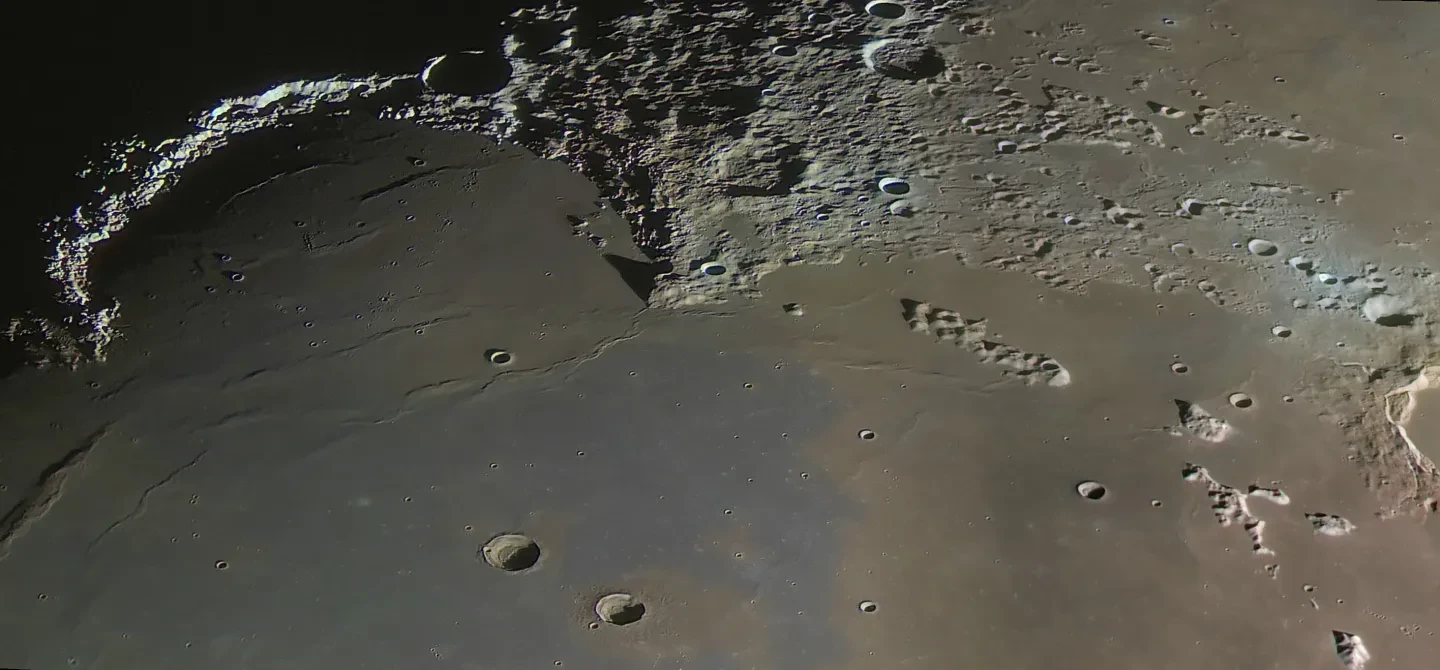
"This is one of my favourite lunar vistas." Stefan recalls.
"I find that bringing out the subtle mineral colours of the lunar surface (by increasing colour saturation) tends to bring to life the otherwise very stark and desolate landscape – making Buzz Aldrin's ‘magnificent desolation’ a bit less desolate."
Equipment used: Self-built Dall-Kirkham 405 mm telescope at f/16, self-built Alt-Azimuth fork mount, Astrodon RGB filters, ZWO ASI120MM camera, 9,000 x 0.0625-second exposures
We're looking at an ancient landscape flooded with long-solidified molten material that created the smooth plains caught in this image. Yet look closer and you can see the photographer has not only resolved detail down to tiny craterlets in the Maria itself but has even teased out the different colours of minerals present within it
Steve Marsh, Competition Judge
See the full shortlist
Explore all the photographs in the Our Moon category
